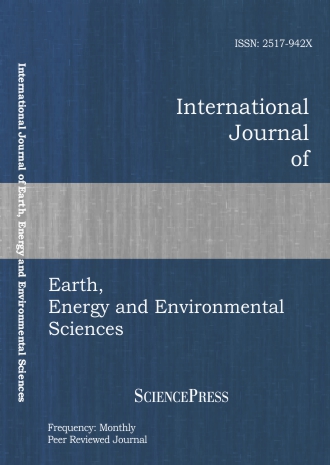
Scholarly
Volume:2, Issue: 3, 2008 Page No: 30 - 36
International Journal of Earth, Energy and Environmental Sciences
ISSN: 2517-942X
861 Downloads
A Preliminary Study on the Suitability of Data Driven Approach for Continuous Water Level Modeling
Reliable water level forecasts are particularly important for warning against dangerous flood and inundation. The current study aims at investigating the suitability of the adaptive network based fuzzy inference system for continuous water level modeling. A hybrid learning algorithm, which combines the least square method and the back propagation algorithm, is used to identify the parameters of the network. For this study, water levels data are available for a hydrological year of 2002 with a sampling interval of 1-hour. The number of antecedent water level that should be included in the input variables is determined by two statistical methods, i.e. autocorrelation function and partial autocorrelation function between the variables. Forecasting was done for 1-hour until 12-hour ahead in order to compare the models generalization at higher horizons. The results demonstrate that the adaptive networkbased fuzzy inference system model can be applied successfully and provide high accuracy and reliability for river water level estimation. In general, the adaptive network-based fuzzy inference system provides accurate and reliable water level prediction for 1-hour ahead where the MAPE=1.15% and correlation=0.98 was achieved. Up to 12-hour ahead prediction, the model still shows relatively good performance where the error of prediction resulted was less than 9.65%. The information gathered from the preliminary results provide a useful guidance or reference for flood early warning system design in which the magnitude and the timing of a potential extreme flood are indicated.
Authors:
Keywords:
References:
[1] S. Sorooshian, and V.K. Gupta, "Model calibration. In: Singh, V.P.